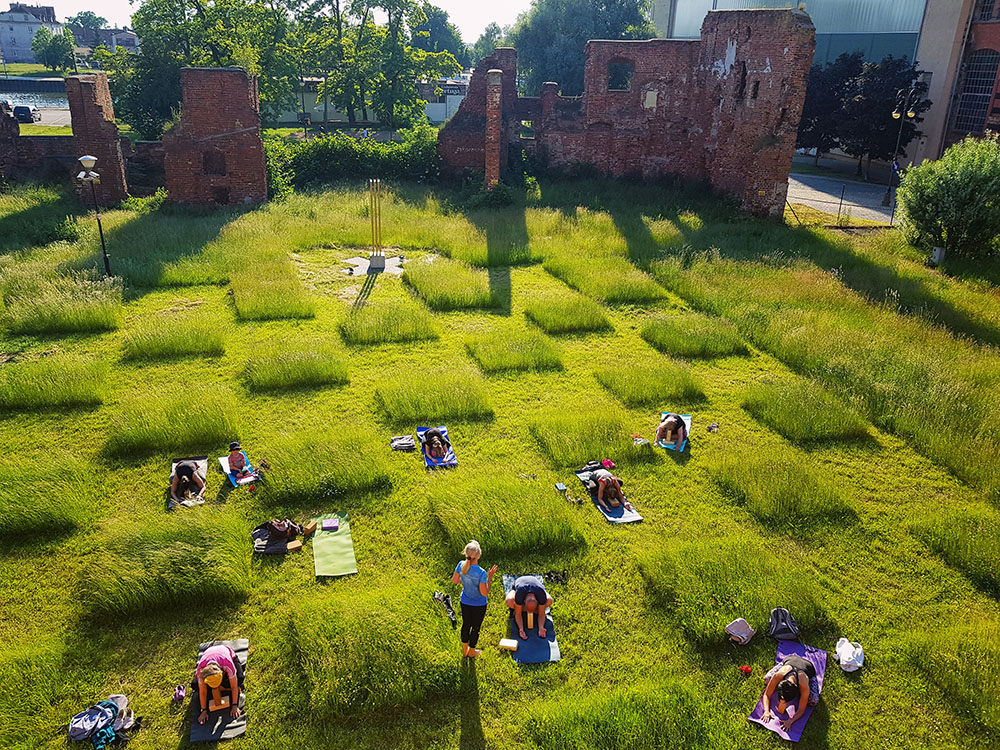Artifact: Uncharted territory
Text by Shannon Baker, OALA
BIO/ Shannon Baker, OALA, is a landscape architect at Waterfront Toronto and a member of the Ground editorial board.
It’s a common refrain these days: we’re living in unprecedented times. The COVID-19 global pandemic has destabilized so much of what we thought to be solid and unchanging in the world, and its full effects may not be understood for years to come. Yet nearly as soon as it began, its marks were made on our public spaces. From social distancing circles painted on lawns in public parks such as Trinity Bellwoods in Toronto, to ubiquitous two-metre queue markers on sidewalks outside of shop doors, COVID-19 has inspired myriad public space demarcations that range from clumsy to elegant. These markings, like the term ‘social distancing’ itself, were not part of the urban design lexicon just six months ago, and yet they are now everywhere.

It was Brooklyn’s Domino Park that first turned to painting social distancing circles on the grass in an effort to maintain public safety as the weather warmed and people pent up inside flooded out into the sunshine. In Elblag, Poland, the contemporary art gallery let it’s public open space, a large lawn, grow fallow during lockdown until a giant checkerboard pattern was mown into it to create appropriately distanced gathering spaces.

Pandemic inspired tactical urbanism has also transformed many of our streets, taking back space from cars and returning to pedestrians and cyclists. These changes have been made in cities like London, Ottawa, and Toronto, with bollards and signage in their most temporary form, and more permanent changes reflected in concrete curbs and paint.
These patterns in the urban landscape allow us to be together while safely apart. It remains to be seen how many will persist long after COVID-19 is gone.


